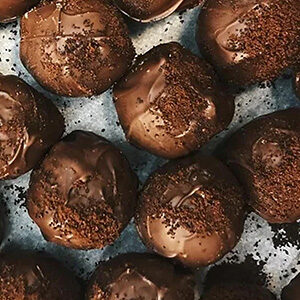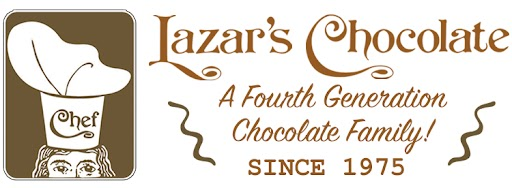 Chocolate is a complex and multifaceted food with a wide range of flavors and textures. The taste of chocolate can be influenced by several factors, including the type of cacao beans used, the processing method, and the ingredients added during production. Here are some common flavor profiles and characteristics you might encounter in different types of chocolate:
Chocolate is a complex and multifaceted food with a wide range of flavors and textures. The taste of chocolate can be influenced by several factors, including the type of cacao beans used, the processing method, and the ingredients added during production. Here are some common flavor profiles and characteristics you might encounter in different types of chocolate:
- Dark Chocolate:
- Bitterness: Higher cocoa content (usually 70% and above) leads to a more pronounced bitter taste.
- Richness: Often described as rich and intense, with deep cocoa flavors.
- Fruity Notes: Some dark chocolates have subtle hints of dark berries, citrus, or dried fruit.
- Earthy and Woody Notes: Depending on the origin of the beans, you might taste earthy, woody, or even tobacco-like flavors.
- Milk Chocolate:
- Sweetness: Sweeter than dark chocolate due to added sugar and milk solids.
- Creaminess: The presence of milk gives it a smooth, creamy texture and flavor.
- Caramel and Malt Notes: Some milk chocolates have hints of caramel, toffee, or malt flavors.
- White Chocolate:
- Sweet and Milky: Very sweet, with a strong milky or creamy flavor since it contains cocoa butter, milk solids, and sugar but no cocoa solids.
- Vanilla Notes: Often flavored with vanilla, adding a subtle, sweet aroma.
- Ruby Chocolate:
- Fruity and Tangy: Known for its natural pink color and unique berry-like, tangy taste.
- Creaminess: Smooth texture similar to milk chocolate.
- Flavored and Infused Chocolates:
- Spices and Herbs: Chocolates can be infused with spices (like cinnamon or chili) and herbs, adding a unique complexity.
- Fruits and Nuts: Added ingredients like nuts, dried fruits, or citrus zest can contribute additional flavors and textures.
- Single-Origin Chocolates:
- Distinct Terroir: Chocolates made from beans from a specific region can have unique flavor profiles reflecting the local terroir, including floral, fruity, nutty, or earthy notes.
The sensory experience of tasting chocolate also involves its texture, which can range from smooth and creamy to gritty, depending on the fineness of the cocoa particles and the presence of any added ingredients. Additionally, high-quality chocolate will have a pleasant melt-in-your-mouth sensation, while lower-quality chocolate might feel waxy or greasy.


Recent Comments